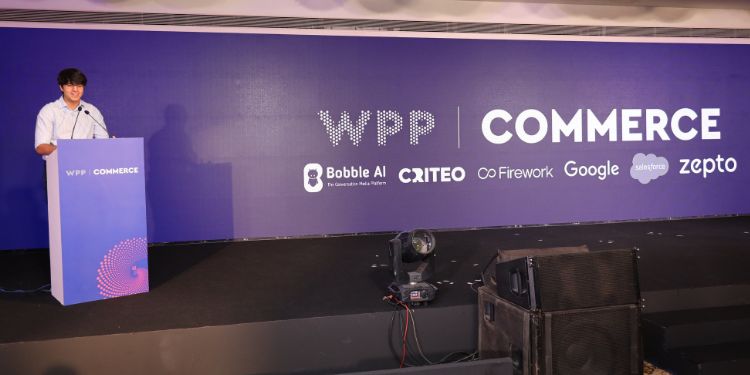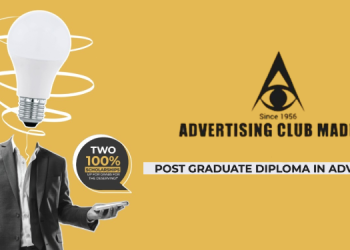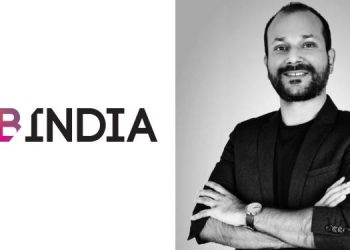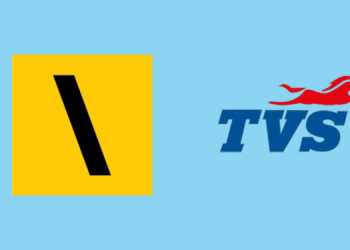“When you look at what is happening in Q-commerce outside the flashy headlines, the reality of today is that we are sitting on a business model that is the fastest growing category of consumer interaction in India,” said Aadit Palicha, Founder & CEO, Zepto. He was speaking at the WPP Commerce 2022 event in Mumbai on 16 November.
“We are sitting on a category, at least for Zepto, where turning profitable in geographies is happening faster than offline supermarkets, within a short span of time. The category has got unprecedented numbers on average revenue per user, wallet share, frequency and retention. The category is getting better and better due to the execution and growing sustainably,” he added.
Palicha said that the cash that’s being generated is being utilised to fund expansion into new markets. This quarter, Zepto has launched 25 new stores, revealed the founder.
He delved into how Q-commerce will evolve in the next five to 10 years and added that the ‘phenomenon’ of Q-commerce is not limited to Tier 1 markets.
“It is a fantasy that Tier 2, 3 customers want something dramatically different from Tier 1. Building a high frequency use case in Mumbai vs Ahmedabad vs Vizag, there is not much difference.” But the cost structure becomes different as to operate in smaller markets one has to charge customers a lot less, he said.
Palicha predicted that Q-commerce would see growth in most parts of the country, where e-commerce, food delivery and consumer interaction in general have spiked.
“Customers of Zepto are placing six to seven orders a month in most cases, close to two orders over a single week. The shift in wallet share and the speed at which it happens is unbelievable,” he added.
Palicha observed that Q-Commerce was here to stay – not as a ‘venture-backed loss-making model’ but as an ‘intensive cash-positive model’.
On the customer experience, Palicha said, “Not only do the customers get excited about the platform delivering in 10 minutes. But they are excited about the new use case where they are getting smooth access to their favourite brand/s which they didn’t have access to before. Customers are getting excited about the value proposition we have created.”
He elaborated with examples of Coca Cola and condom brands.
“If you look at Coca Cola, the problem that the brand faced in e-commerce was that for a significant chunk of purchases it’s more of an impulsive decision; the consumption is not a planned one. Today, with easy access to platforms like Zepto, not only can we change the game, but people are getting access to the brand more times a day,” he added.
He further said, “Another example is that if condoms. There is a huge spike in the condom sales which the brands have not seen before, because usually in that kind of situation you have to plan in advance and now in Zepto or any other platforms, you can access the products then and there, when they need the product.”
“Today the categories that have low frequency have actually started gaining more share as customers have become comfortable with the platform,” he said.
Speaking on how the platform is strengthening the partnership with brands, he said, “During the early stages after the inception of Zepto, we set up a brand solutions team. The practice was not done for margin negotiations – for many organisations that’s the sole purpose of that team.”
The purpose was to engage and partner with large FMCG players as well as new age brands, as one needs to work with both to build a national high frequency wallet share model, he explained.
“Unlike traditional channels of commerce, we actually understand our consumers through a click. We can tell what a customer is searching for in your category, but more importantly what they are not buying, what they are looking for etc. We have those insights and we can communicate this to the brands. Then a strategy and campaign can be formulated for the brands,” he concluded.

















